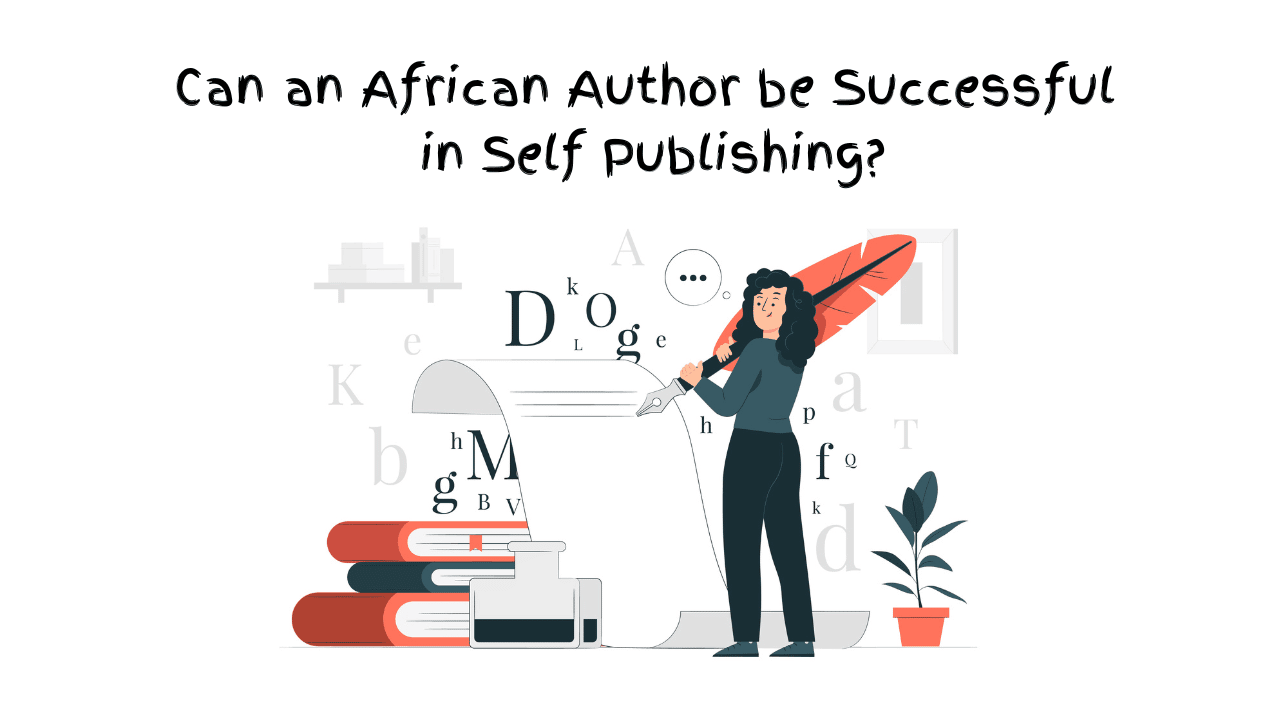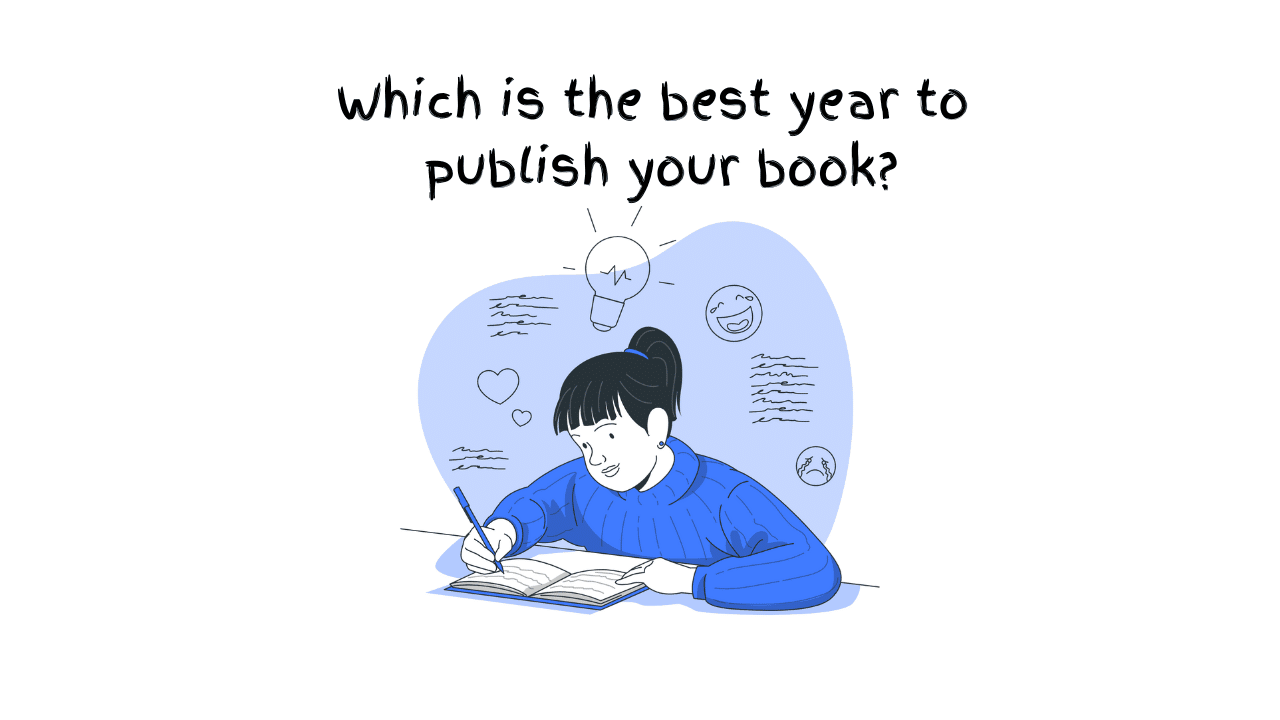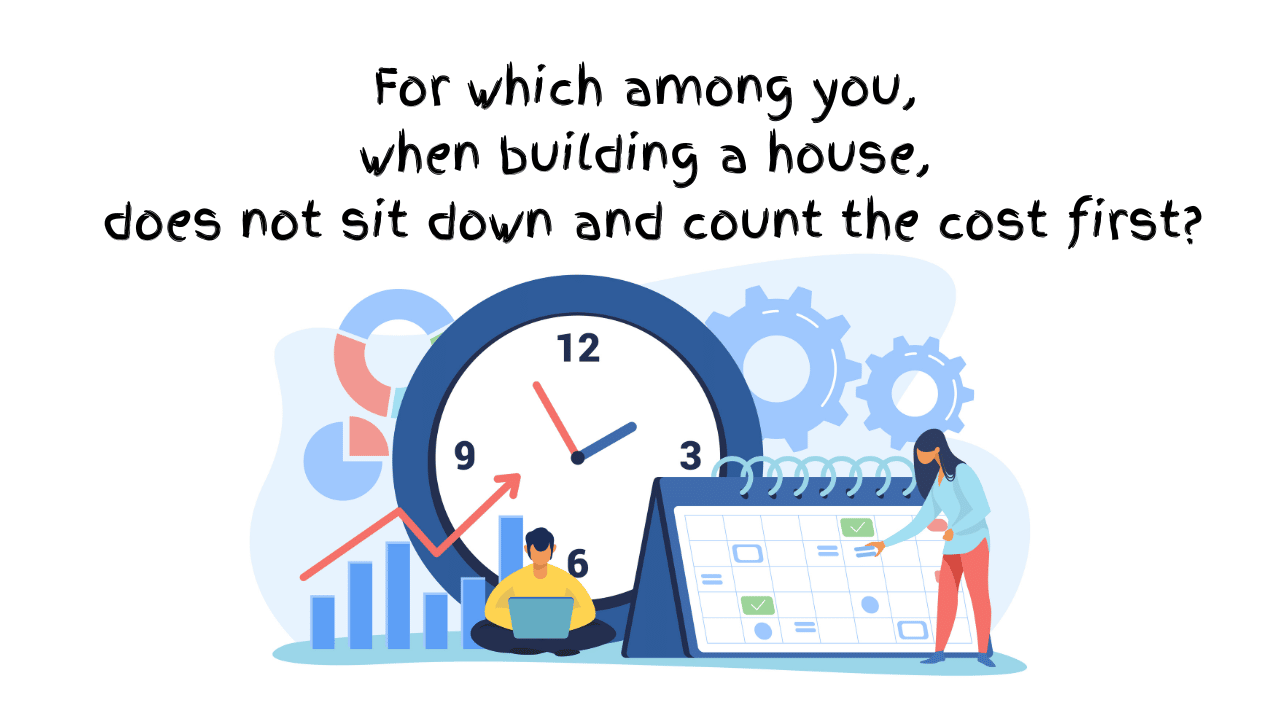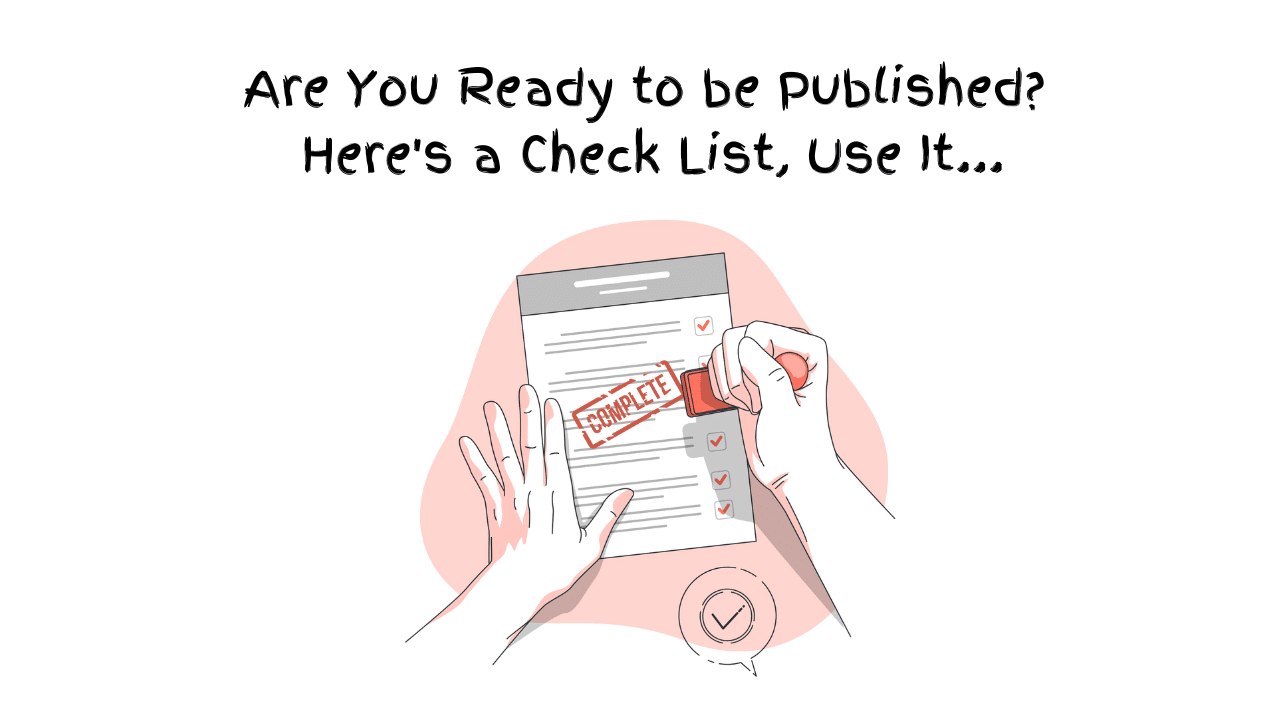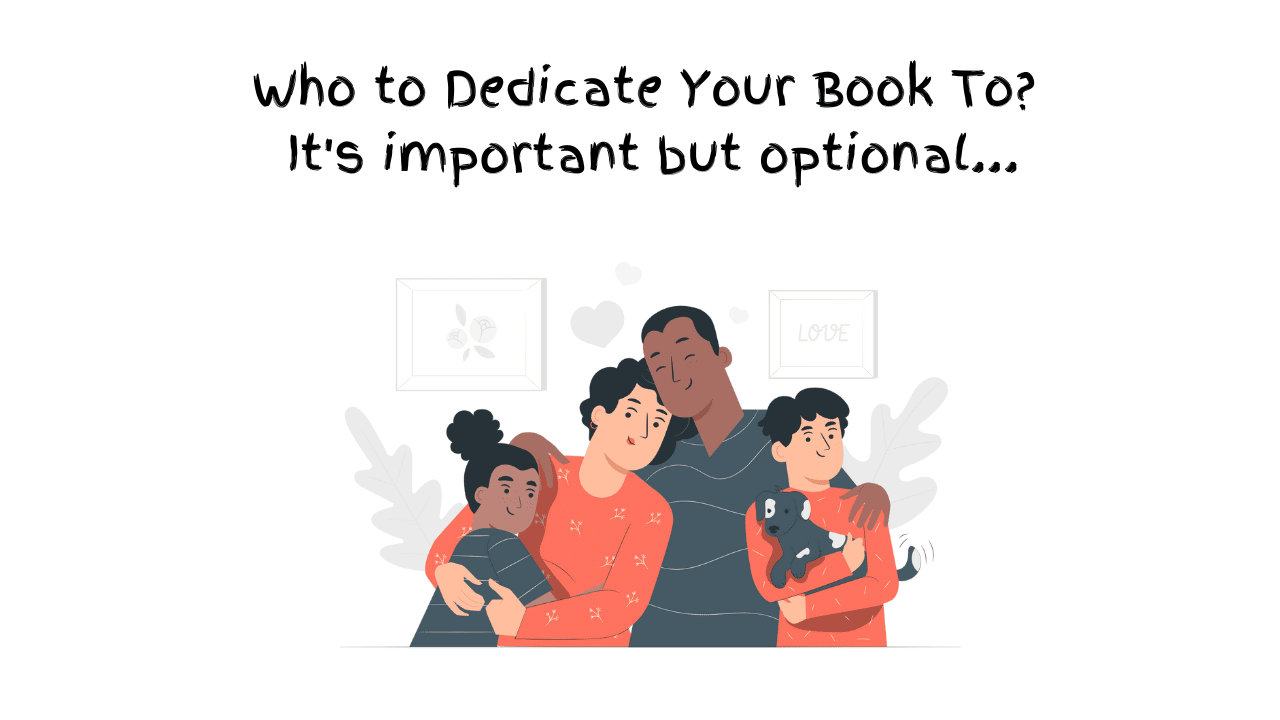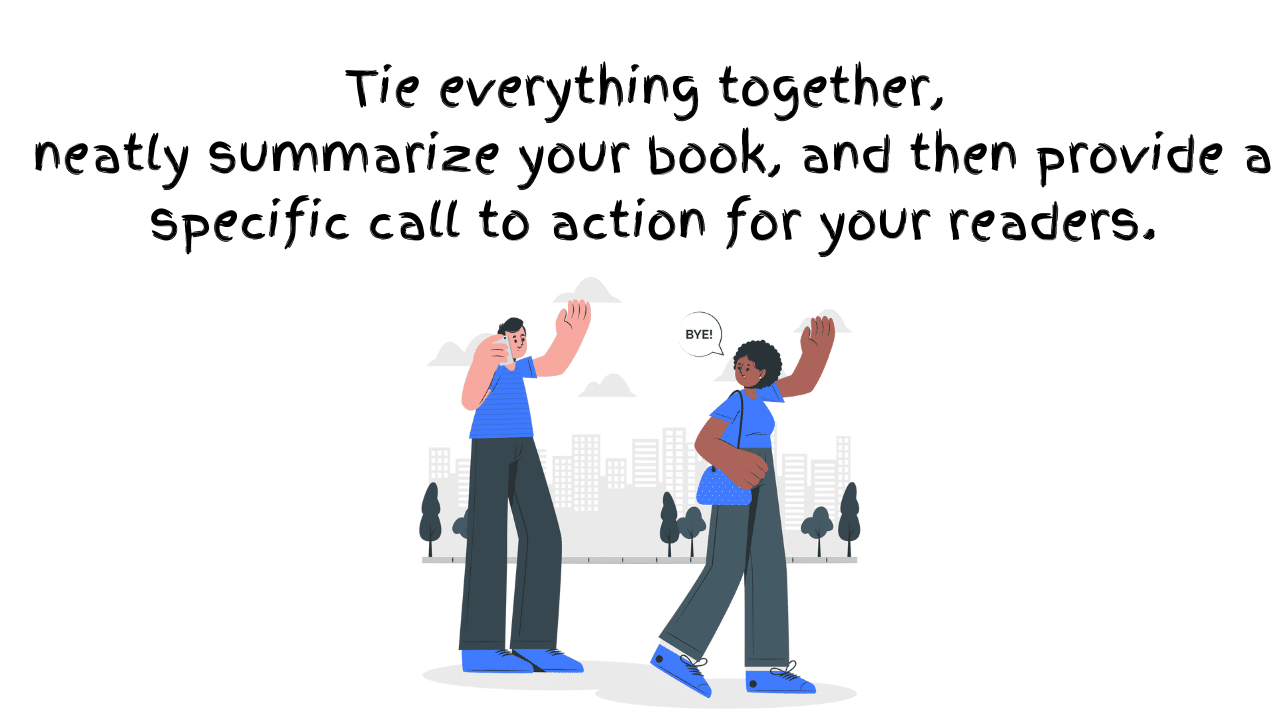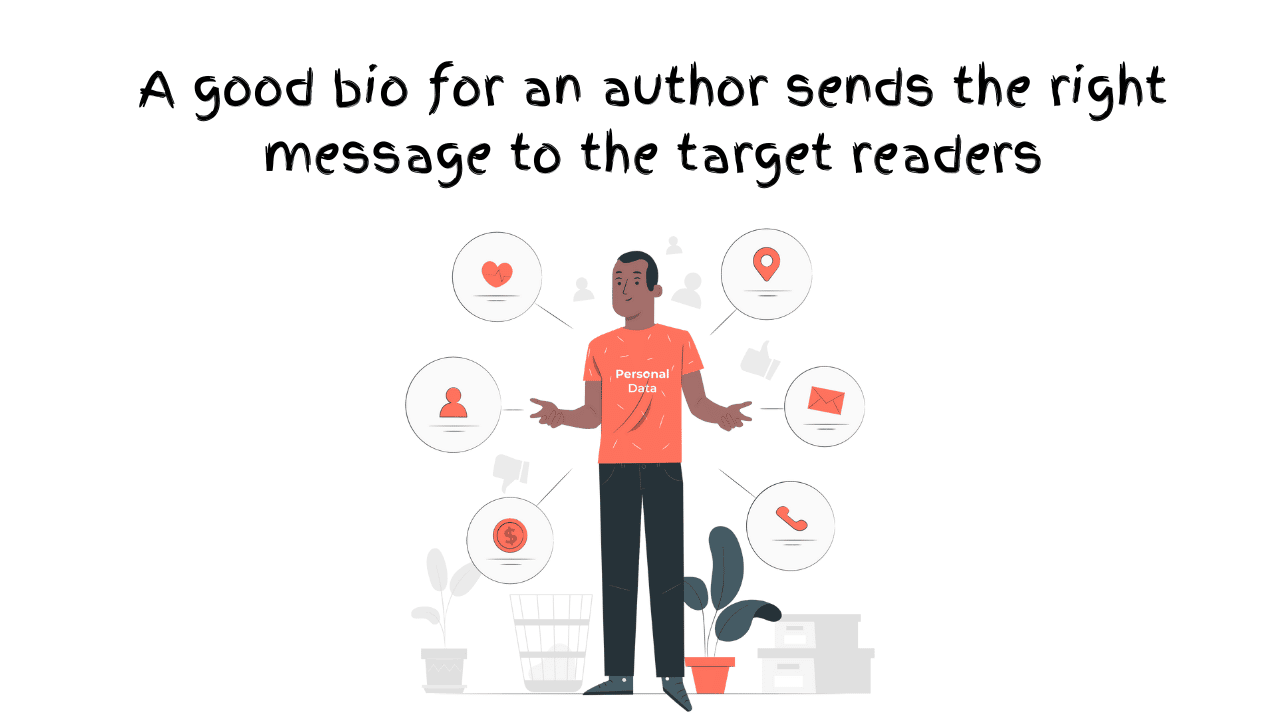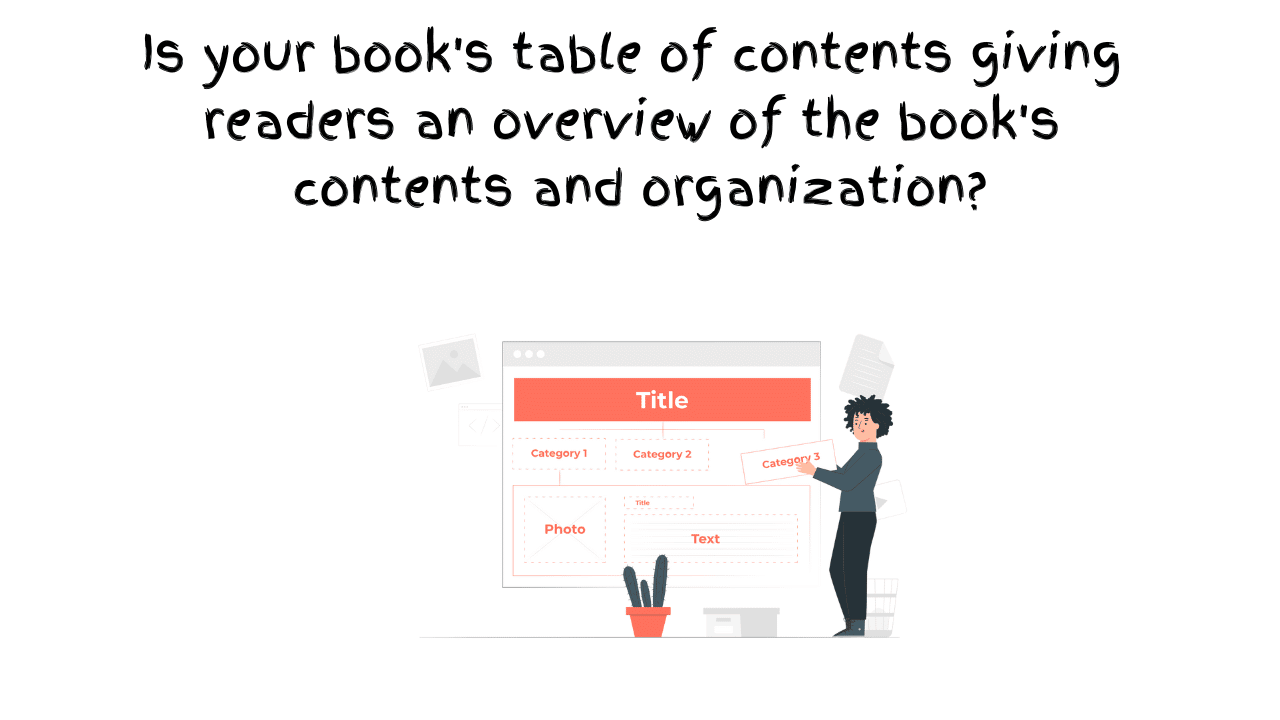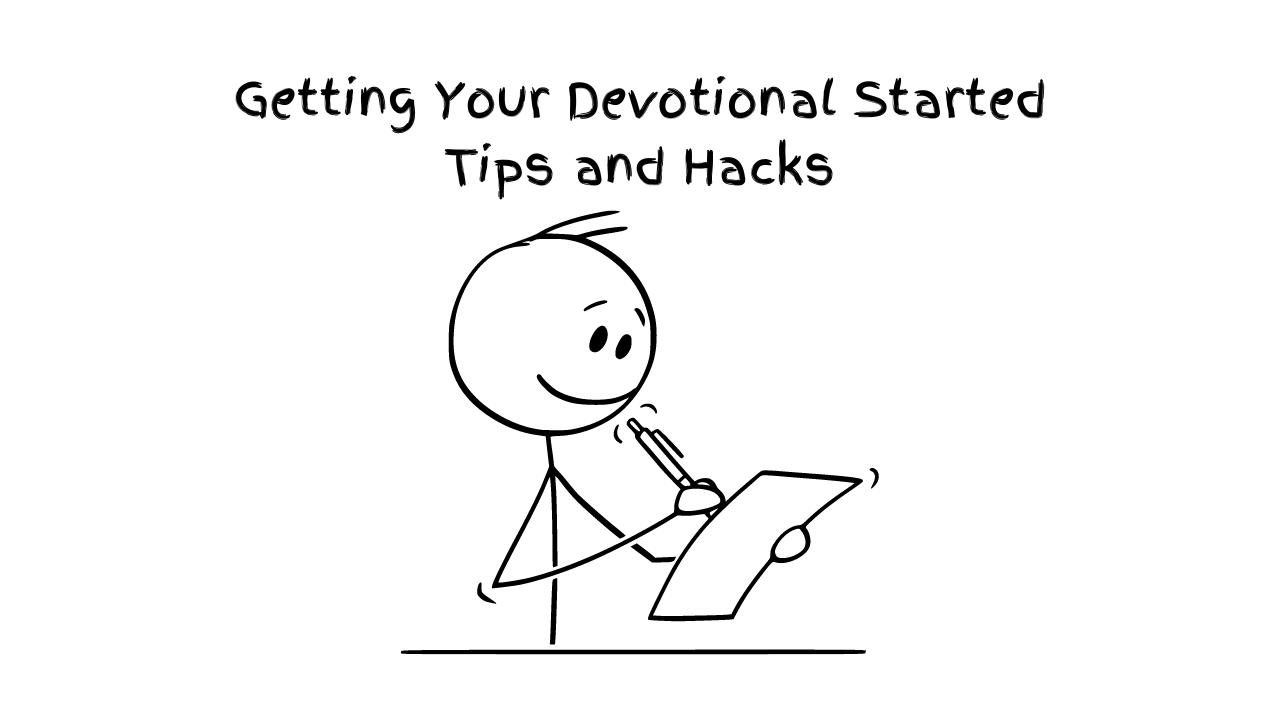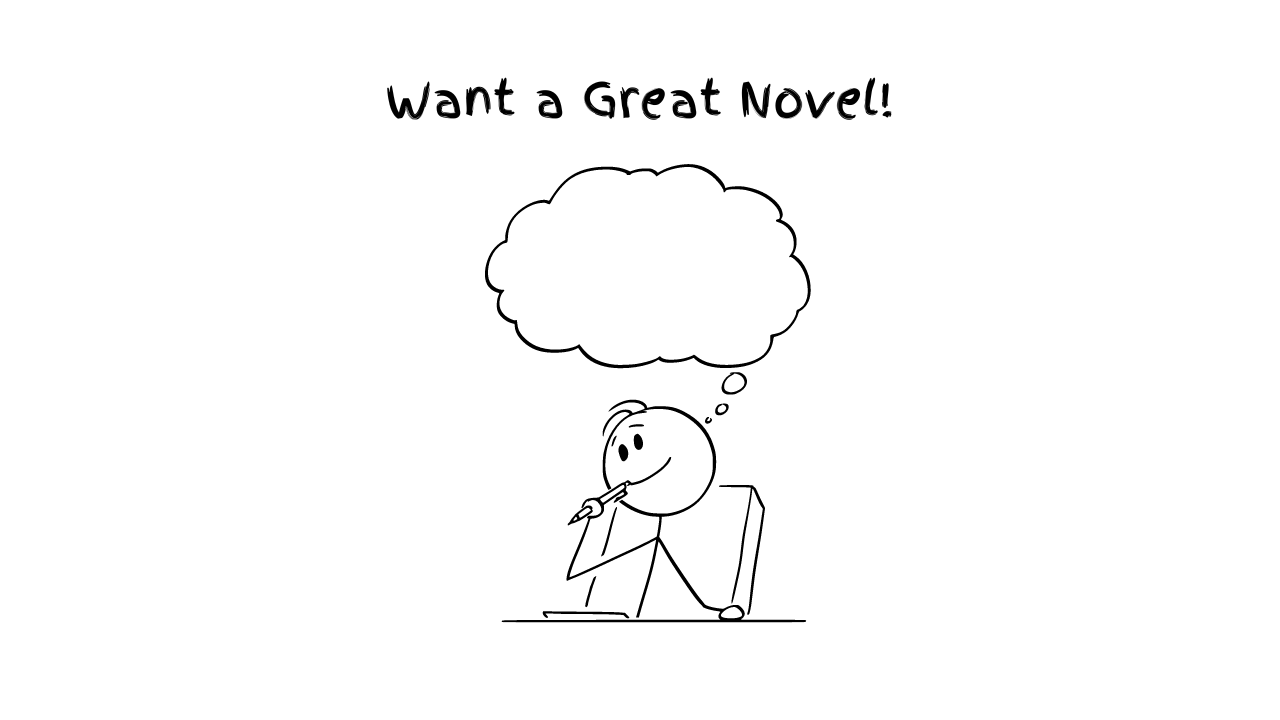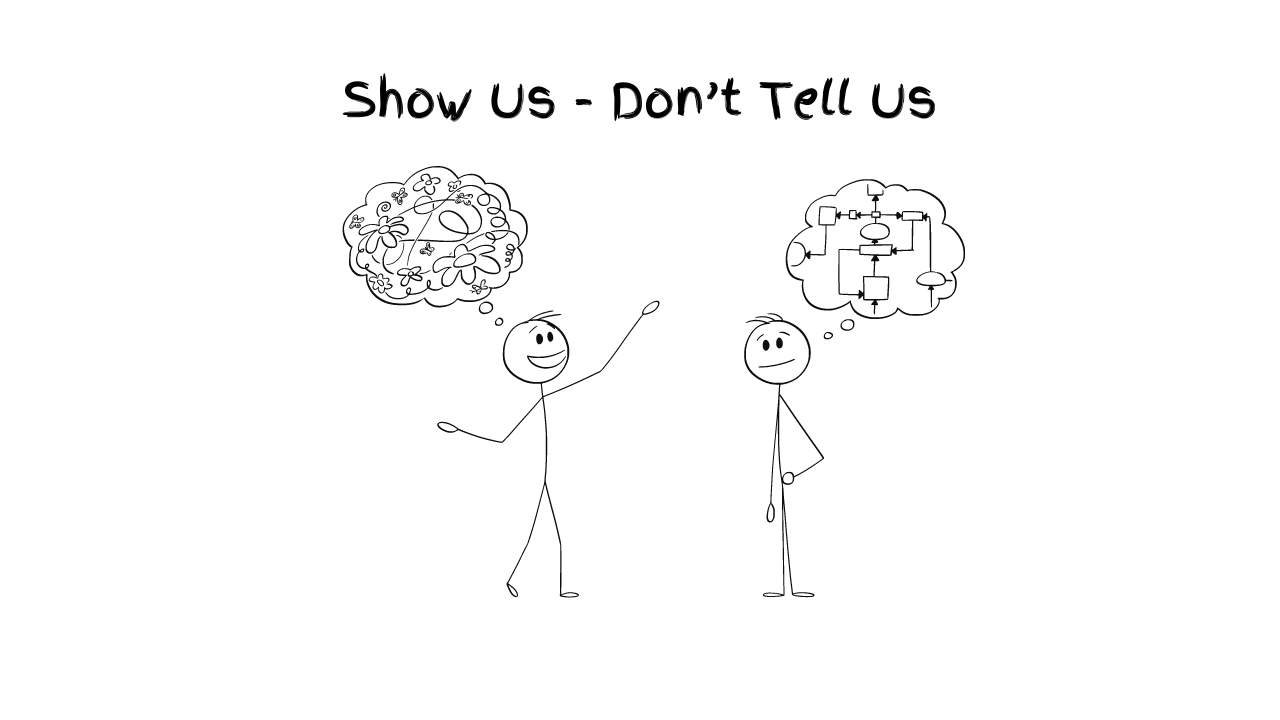Publishing is the activity of making information, literature, music, software and other content available to the public for sale or for free. Traditionally, the term refers to the distribution of printed works such as books, newspapers, and magazines.
The self-publishing landscape has changed considerably in the past two decades with new technologies such as the Internet, and the $1 billion markets continuing to change at a rapid pace. Increasingly, there are numerous alternatives to traditional publishing, and self-publishing is becoming the first choice for writers.
As with everything in life, self publishing has pros and cons. Before we look at the steps in publishing, let’s establish these pros and cons. Empower yourself with the knowledge and know what cons you can live with and what pros can enable you achieve your goals.
Pros of Self Publishing
- Speed:
An author finds out right away whether a book is a hit with readers; there is not a six-month or longer delay typical with an established publisher since the usual back-and-forth steps with a publisher are bypassed. It is possible to release a book within a few weeks after it’s finished. Further, it is possible to avoid the lengthy process of trying to find a literary agent to secure a publishing contract.
- Freedom to begin the next book:
An author can self-publish and then begin work on the next project, potentially being more prolific, although this presumes that the first book won’t need any marketing effort.
- A greater share of royalties:
Self-published authors earn four to five times more per unit than if an author works with a traditional publisher. An author can earn 60-70% of the sale price.
- Pitch books straight to the readers:
There is no intermediary censoring what might be shown to the public. The route to readers is more direct. This is further enhanced by the growing and increasingly acceptable social media space to reach readers and fans directly.
Cons of Self Publishing
- High rate of low quality books:
With the growth in activity in the self publishing industry, the book world has become flooded with titles, much of it of low quality, and it is becoming increasingly difficult for self-publishers to differentiate one’s offerings from the stew of average offerings. The quality of self-published works varies considerably.
Solution: As you venture into self publishing, ensure you work with publishing industry experts to produce quality work. This includes editors, proofreaders, designers and printers. Alternatively, you can adopt hybrid publishing where a publishing house manages the publishing process at your cost. Find out more at CLC Kenya Publishing
- High rate of low sales:
Most self-published books sell very few copies, although there are approximately a dozen books that sell into the millions. A traditional publisher will invest heavily in marketing and distribution – key step in market penetration. Most self published authors tend to skip this step. A book will not sell if the author is not selling.
Solution: Join a writers network or an authors’ group to get continued training, empowerment to market yourself and your book and join group initiatives to advance your book project. Branding the author is very important as readers will buy the author before they buy the book. There are many groups doing an amazing job in this regard. If you a Christian author, you can join CLC Kenya’s Authors Collaboration to get book reviews, training, empowerment and development. Find more at African Christian Authors or contact Jackline Ingasian Lukanu for more details.
Next we will look at Factors to Consider Before Self Publishing.
Article by Muthoni Mercy Omukhango National Director at CLC Kenya - impacting lives with Christian literature || Convener of African Christian Authors Book Award - Recognizing, Celebrating and Promoting quality in Christian authorship in Africa.
Step1: Prepare Yourself to Get Published…
Are you ready to publish your book? Here is how you need to prepare. Have your manuscript ready and explore the oprions available today. If you are stuck in getting it started or finished, there is several ways to get help. Explore and get published today!
Read MoreStep2: Let’s Talk About Publishing
The self-publishing landscape has changed considerably in the past two decades with new technologies such as the Internet, and the $1 billion markets continuing to change at a rapid pace. Increasingly, there are numerous alternatives to traditional publishing, and self-publishing is becoming the first choice for writers.
Read MoreStep3: Factors to Consider Before Self Publishing
Jesus, while talking to the disciples about following Him, asked them to count the cost. The same Scripture applies to authors today - you have to count the cost from the beginning to ensure you don't stop at some point in your book project's journey.
Read MoreStep4: Requirements for Self Publishing
Are you ready to be published? Use our 4 points check list and tick 'Published Author' box so you can move on to the next God-given assignment...
Read MoreStep5: Publishing Steps – Review
Is your manuscript due for a review towards getting published? The major focus during manuscript review is the general quality of the book. It is important to establish the overall completeness, scope and readership of the manuscript and whether the presentation and accessibility of the book is suitable. #RaisingAfricanVoices
Read MoreStep5a: How to Write a Book Dedication
A book dedication is a way for you, the author to bestow a high honor on a person (or a group of people) you wish to praise or otherwise spotlight. This dedication note is often short and usually focused on one person (or a specific group of people). It’s supposed to be personal, rather than professional. It goes on the dedication page, which is in the very front of the book, after the title page. Here's how to write one. #RaisingAfricanVoices
Read MoreStep5b: How to Write a Book’s Foreword
A well-written foreword can function as the ultimate third-party recommendation or endorsement for your book, generating interest and helping when it’s time to market your book. Here are the benefits of forewords and a guide to writing one. #RaisingAfricanVoices
Read MoreStep5c: How to Write a Book Introduction
Are you stuck on writing your book introduction? Here's how to... Hook the reader right from the beginning with a personal story from your life, a funny story, a joke, or just an interesting fact that causes him/her to want to continue reading. #RaisingAfricanVoices
Read MoreStep5d: How to Write a Book’s Conclusion
If your readers are in the conclusion chapter, it also means they read the whole book, they liked it, and now they want you to wrap it up. So don’t rash it. Give them what they want. Here's how to write a good conclusion for your book. #RaisingAfricanVoices
Read MoreStep5e: How to Write an Author’s Bio
People are looking for reasons why they should spend their time reading what you have written. You need to instill confidence in your readers that you are knowledgeable on the subject matter by writing an appropriate bio. Here's how to write one. #RaisingAfricanVoices
Read MoreStep5f: How to Write a Book’s Blurb
A blurb is a short yet descriptive account of the book that goes on the back cover or within the book sleeve of a hardcover book. It includes any information that represents the book best and intrigues the readers and shoppers to pick the book off the shelves. Here's how to write one... #RaisingAfricanVoices
Read MoreStep5g: What to Include in the Copyright Page and Complete the Copyrighting Process
Copyright law gives creators of original material the exclusive right to further use and duplicate that material for a given amount of time, at which point the copyrighted item becomes public domain. Here's what you need to know. #RaisingAfricanVoices
Read MoreStep5h: How to Write an Acknowledgment
An acknowledgment section in a book provides the space to go into lenghty details in thanking the people who were sources of inspiration and support for your book and life. Here'show to write one. #RaisingAfricanVoices
Read MoreStep5i: How to Write a Table of Contents
A table of content shows the things that are held or included in something. In the book industry, it is a list of the chapters or sections given at the front of a book or periodical. Here's how to write one... #RaisingAfricanVoices
Read MoreStep6a: How to Write a Devotional
A devotional book is a literary work designed to provide spiritual inspiration, guidance, and reflection for readers seeking to deepen their faith and relationship with God.
Read MoreStep6b: How to Write a Captivating Novel
A great novel is a complex interplay of various elements, but some key components often contribute to its greatness.
Read MoreStep6c: How to Use Dialogue in Story Writing
Effective dialogue is characterized by authenticity, clarity, and relevance to the story. It should sound natural and believable, reflecting the unique voices and perspectives of the characters. Dialogue tags, such as "said," "asked," and "replied," help identify speakers and maintain clarity in conversations.
Read MoreStep6d: How to Use ‘Show Don’t Tell’ in Story Writing
"Show don't tell" is a fundamental principle in storytelling that encourages writers to use descriptive language, actions, dialogue and scenes to reveal information to the reader, rather than simply telling them outright.
Read MoreStep6e: How to Elevate a Flat Non-fiction Christian Book to Make it Personal and Engaging
"Show don't tell" is a fundamental principle in storytelling that encourages writers to use descriptive language, actions, dialogue and scenes to reveal information to the reader, rather than simply telling them outright.
Read MoreStep6f: Ethical ways to use other people’s public stories in a non-fiction Christian book
"Show don't tell" is a fundamental principle in storytelling that encourages writers to use descriptive language, actions, dialogue and scenes to reveal information to the reader, rather than simply telling them outright.
Read More